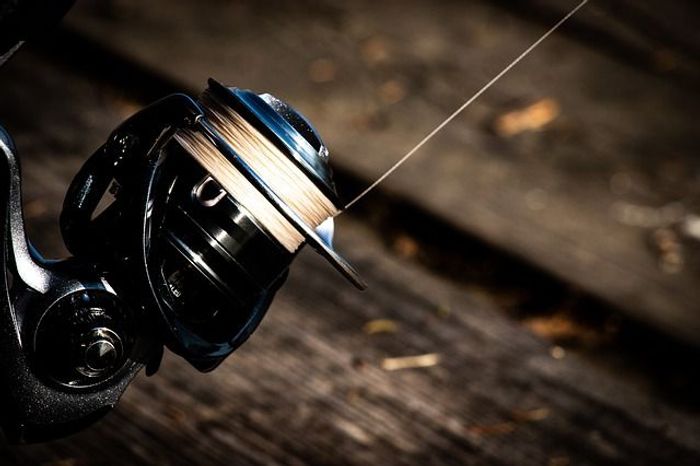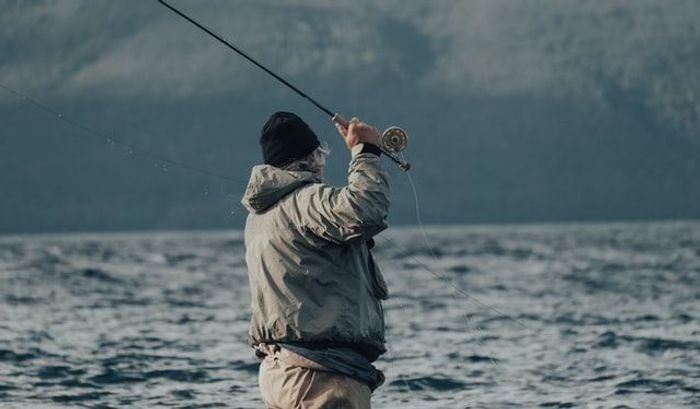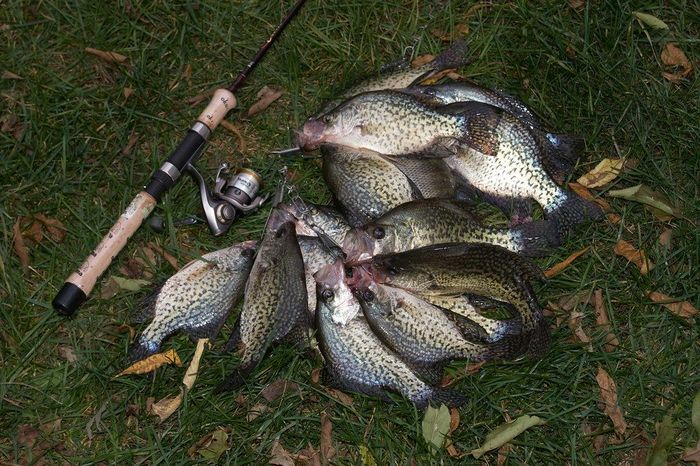Learn How to Fish
Fishing is a worthwhile hobby that engages the mind and the body in equal measures. Here are the best tips to help you learn how to fish.

Fishing is a worthwhile hobby that engages the mind and the body in equal measures. It's one way to experience and appreciate your environment. If you’ve been thinking about getting into fishing, now’s a good time. You don’t need to catch a trophy on your first trip, but it would serve you well to head out to your first fishing spot, armed with the right gear and the basic skills to get started.
1.Before going out to fish, you should have a complete arsenal of the basics
Fishing license
This depends on which state you’re in and how old you are, so before you go out, you should check with the fishing authorities in your area. In most cases, you will also be required to get different fishing licenses for freshwater fishing and saltwater fishing. Most states require a fishing license for anglers over the age of 16. For example, in Florida, getting a fishing license is required for anglers from outside the state who are over the age of 16, and all residents between the ages of 16 and 65. But if you’re fishing on a licensed fishing pier or onboard a saltwater fishing charter, you don’t need one. The cost for different types of fishing licenses varies, so before going on a fishing trip, do your research on the area and its license requirements.


Fishing gear
Your fishing gear depends on the kind of fishing you plan to do. Novice anglers should try mastering spin fishing first, as it is less difficult and lends itself to catch a wider variety of fish species than other niche techniques like fly fishing.
Spin fishing requires using a basic spinning rod or spin casting rod equipped with a spinning reel. Beginners should choose a rod with medium strength and sufficient responsiveness so you can try casting for different types of fish. Go for rods that are made of ultra-lightweight material such as fiberglass. Ask your neighborhood tackle shop for a good combo rod and reel that’s specially made for beginners.
Recommended:
Shimano Baitrunner Saltwater Spinning Reel
Daiwa Minicast MC40 Super Ultralight Spincast Reel

Fishing line
Anglers always bring a backup fishing line because though your new reel may come with a roll, it can always break during the actual fishing. Beginning anglers will do well with a 4 to 12-pound-test monofilament fishing line.
Tackle box

Your tackle box will carry all your tiny fishing implements, including your hooks, lures, and other gear you might need, such as needle-nose pliers. It’s best to carry a variety, particularly for your hooks. It’s always advisable to carry circle hooks which would allow you to practice catch and release with ease. You should carry a variety of sinkers (to keep your hook down into the water) and bobbers (to keep your hook on the surface of the water) as they’re easy to lose in the water.
Bait and lure
For bait, live bait is always the best bet. Novice anglers can start with live worms or minnows. Low-cost alternatives to these two are marshmallows, bits of bread, or corn.
For lures, which are artificial baits that “act” like live bait to lure your catch’s attention, you should carry a variety of different colors. Use lures with light colors during bright days and dark ones during overcast days or in less than clear waters.
2. Learn the following basic skills
How to attach your lure to your hook
Learn the improved clinch knot, the Palomar knot, or the Uni knot – any of the three are good for beginners. Many video tutorials are available online, or better yet, ask your friendly neighborhood tackle shop keeper for tips. The knot will depend on the fishing line you’ve chosen for yourself.

Casting your rod
Before going out to fish, make sure to practice your cast. Learn the most comfortable way for you to handle your rod and reel, and utilize both hands when casting -- one to hold your rod and the other to assist when casting. The key to remember when casting is to make sure that you have at least 6 inches but not more than 8 inches of line from the tip of your rod. This helps to ensure the accuracy of your cast.
Setting the hook
Once a catch has bitten into your bait or lure, time to set the hook. This is important because if you don’t set the hook properly, your fish might be able to spit out your lure or run away with your bait, or it may destroy your line. Use moderate pressure when pulling back your lure so that you don’t cause damage to the lip of the fish. Master the drag system of your reel to find out which settings are good for small fish or large fish.
Reeling in
When reeling in your catch, you have to make your drag and rod perform for you. Just hold your rod at a 45-degree angle towards the water. Allow the fish to fight back and don’t reel in just yet while it attempts to swim away. Fish caught in different depths will behave differently -- those caught in shallow waters may leap and act frantic, while those in deeper depths will want to swim back to the bottom.
3. Where should you fish and when?
As a beginner angler, you should seek the help of all resources available to you. Ask the locals for the best body of water to fish in your area and which fish are actively biting during your season. The best times and water conditions will vary depending on the fish you’re aiming to catch.
Nowadays, a Fishfinder is an essential gadget that will allow you to locate the highest density of fish in the body of water you’re fishing in. A simple one like the Garmin Striker 4 with Transducer, 3.5″ GPS Fishfinder will serve you well.

What fish should you target?
This, of course, will depend on where you’re fishing and what season. Here are some of the most common and easiest to catch for novice anglers in the US:
Bluegill are panfish that are not incredibly smart. They do not learn from their mistakes, so you can essentially fool them with the same lures.
The largemouth bass is common in many waters all over America, so that you can find them just about anywhere with a pond or lake. While smarter than the bluegill, they are often hooked because they cannot resist a good bait.
Easily tempted by live minnow, crappie can lead you to other groups of fish as they like to gather.
4. Other important things to keep in mind
Rules and regulations
You can never be prepared enough for your first fishing trip. Know the regulations regarding your target catch - including whether you should practice catch and release or if you’re allowed to keep them, the bag limit, and the size limit.
Safety
Bring sunglasses, sun protection (not just a hat, but SPF with broad-spectrum), and a first aid kit. Aside from your safety, consider the safety of your environment as well. Clean as you go, taking care of the waters, and making sure that you don’t leave litter that fish may inadvertently swallow.



